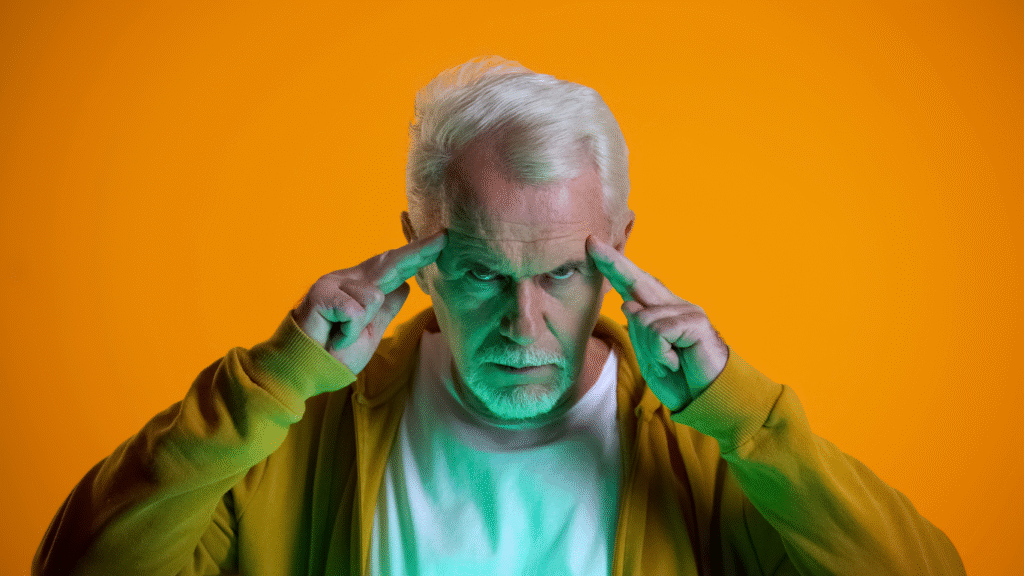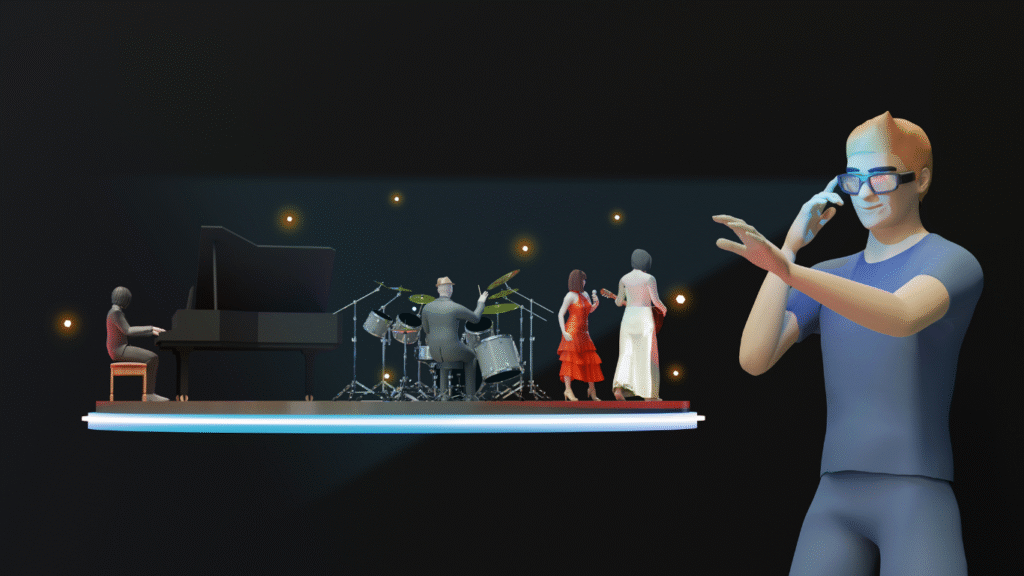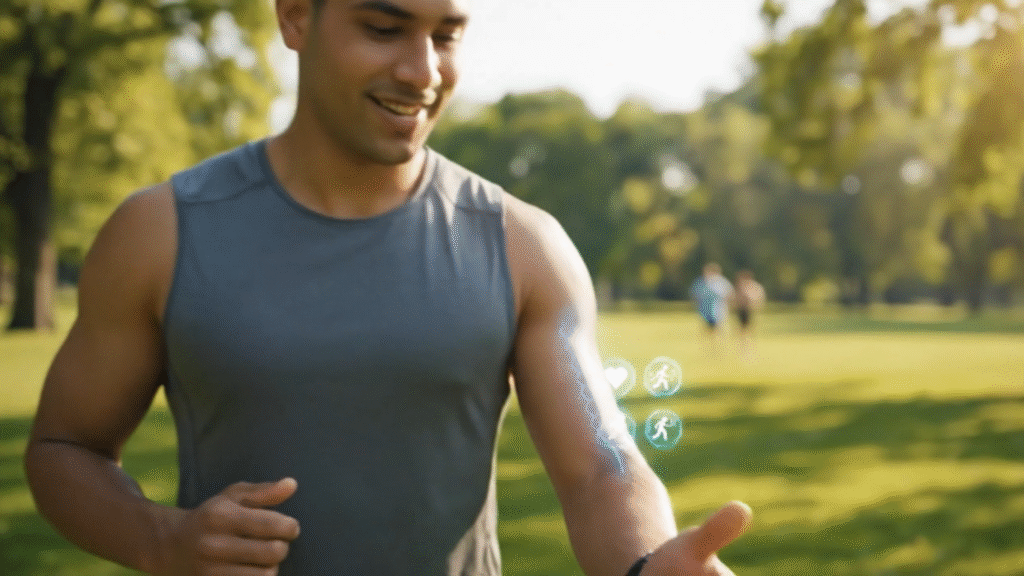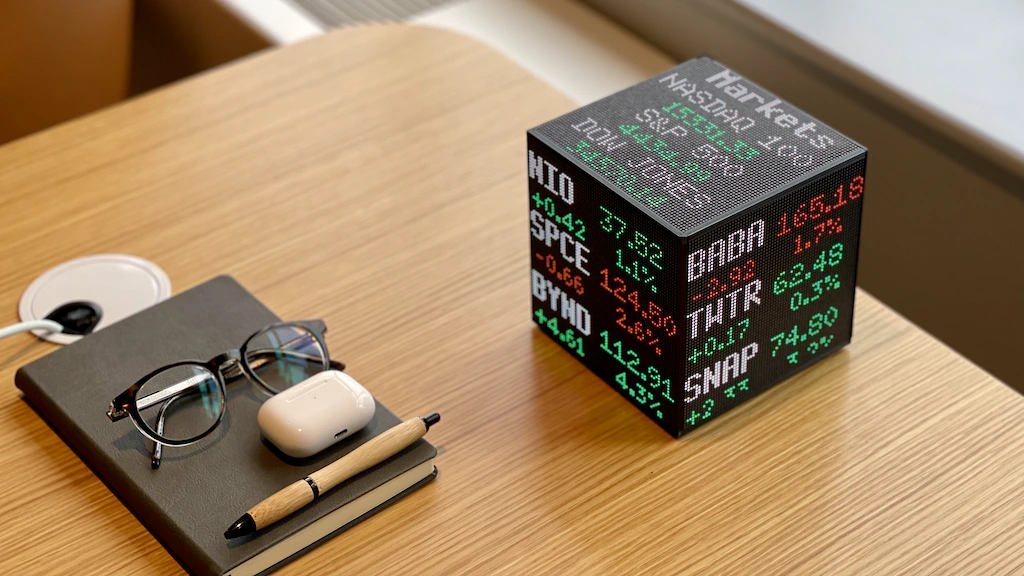Imagine a society. People can teleport. Robots can sense emotions. You can record and replay dreams. Sounds like science fiction? Not at this time. They patented these bold, futuristic concepts. The world’s largest tech companies submitted them. They are not just plots from movies.
These big tech giants, from Microsoft to Meta, are quietly laying the groundwork for the future with concepts that conflate science fiction and reality. As we explore seven of the most astounding patents submitted in recent years, fasten your seatbelt.
Let’s get started and discover more about the patents filed by big tech giants.
1. Microsoft’s Teleportation System
Microsoft’s “teleportation” technology is actually a real-time 3D communication method that uses holographic projections, called Holoportation. This patent describes a mixed reality teleportation system. It uses haptics, holograms, and 3D capture technology.
This system lets users “virtually transport” themselves. They can go anywhere in the world. Think of Zoom meetings. But your whole body appears in a different room. You replace the screens.
“The metaverse just got a travel upgrade.”

Key aspects and applications
• Utilizes 3D capture systems like Azure Kinects for detailed environment and individual reconstruction.
• Captured 3D models compressed and transmitted in real-time for virtual 3D teleportation.
• Microsoft has made Holoportation mobile by reducing bandwidth requirements.
• Holds patents for virtual world teleportation, transferring avatars between virtual worlds.
• Launched Microsoft Mesh in 2020 for mixed reality interaction.
2. Meta’s Mind-Reading Interface
Facebook’s Meta is building tech to let you control computers with your thoughts. People call it mind-reading, but they’re really trying to understand brain activity linked to thoughts and actions, not everything you’re thinking.
Meta is developing a non-invasive brain-computer interface that can interpret neural signals, enabling hands-free control of digital devices like emails, scroll feeds, and games.
“Your thoughts, their interface”

Key aspects and applications
• Meta’s Brain-Computer Interaction (BCI) Research focuses on non-invasive methods like MEG and EEG for brain activity detection.
• Translates neural patterns into digital commands or text.
• Uses machine learning and neural networks to extract information from data.
• Real-time decoding of visual images from brain activity for instant feedback and interaction.
• Decoding neural signals allows for the direct operation of technology or the generation of text.
• Enhances user experience in AR and VR.
• Allows intuitive control of virtual objects and avatars.
• Enables navigation, interaction, and communication through thoughts.
• Potential for controlling devices using thoughts or intentions.
• Includes mental health monitoring and lie detection.
3. Samsung’s Dream Monitoring and Control
Samsung’s working on a wearable that can track and control your dreams. It tracks your body stuff and sleep stages, then messes with your head a bit. On Galaxy devices, such as the Galaxy Watch and Fit, you can use the Samsung Health and SmartThings applications to monitor your sleep and customize your sleep preferences.
“Inception tech is no longer a dream.”

Key aspects and applications
• Tracks sleeping habits using sensors that are integrated into gadgets like the Galaxy Watch and Ring.
• Tracks Sleep Stages, Movement During Sleep, Snoring Detection, Skin Temperature, Heart Rate & Respiratory Rate.
• Aggregates and analyzes collected data for personalized coaching and insights.
• Features blood oxygen tracking and sleep apnea detection for health concerns identification.
• Integrates with SmartThings to automate devices and improve the sleeping environment.
• Controls lighting, thermostats, and other smart devices based on bedtime and wake-up times.
4. Amazon’s Space-Based Data Centers
Amazon’s goal is to put data centers in space to cut down on delays and shield data from disasters on Earth. Imagine a fast cloud service that is fueled by a large number of low-Earth orbiting satellites.
The concept of processing and analyzing data closer to where it’s generated is rapidly gaining momentum—even if it’s not explicitly called “data centers in space.” This approach could significantly reduce latency and boost efficiency across various applications, including those in outer space.
“Cloud storage? Try interstellar storage.”

Key aspects and applications
• Gives local data processing and storage top priority in order to reduce latency and increase bandwidth efficiency.
• Amazon’s low Earth orbit satellite constellation aims to provide global broadband internet for distributed computing and data processing in space.
• Designing energy-efficient hardware and systems for low-power consumption and potential use of solar energy and advanced cooling techniques.
• On-site processing of data from Mars rovers, deep-space probes, and orbital telescopes for faster decision-making and scientific discovery.
• AWS Ground Station’s Digital Twin feature for testing and integration of satellite systems in a virtualized environment.
5. Google’s Emotional Robot System
In the technology described in Google’s patent, robots may mimic emotions and change their behavior to match yours. Imagine a robot that is able to perceive your emotions and react accordingly.
Developed to understand emotions, affective robots respond empathetically to humans. Although there isn’t an official “Google Emotional Robot System,” Google’s AI developments may be crucial to creating emotionally intelligent machines.
“Your next best friend might be a bot.”

Key aspects and applications
• Expertise in computer vision and machine learning aids in emotion detection through facial expressions.
• ML models enable robots to adapt emotionally by learning from human behavior.
• Emotional support for patients, therapy, and mental well-being monitoring.
• Improved customer experiences are the result of personalized and sympathetic interactions.
• Personalized learning experiences adapting to the student’s emotional state.
• Addressing loneliness and isolation through social interaction and emotional support.
6. Apple’s AR Glasses with Memory Playback
Can’t remember where you put your keys? Rewind your view, please. Apple is developing augmented reality glasses that have the ability to capture and replay visual information, thereby transforming your eyes into a time machine.
The goal of the AR glasses, which were created using Apple Vision Pro, is to enable users to experience memories in three dimensions using spatial audio. To produce immersive AR, they make use of sophisticated cameras, sensors, and potent CPUs.
“Welcome to the future of memory.”

Key aspects and applications
• Utilizes a 3D camera for immersive spatial photos and videos.
• Potential for spatial memories as a new form of personal archiving.
• VisionOS 2 transforms existing 2D photos into spatial ones.
• Apple Intelligence aids in searching for specific photos and videos.
• Enhances learning and retention through virtual field trips or historical simulations.
• Fosters stronger connections and understanding among friends and family through spatial memories.
7. Google’s Smart Skin Sensors
A flexible wearable that moves with your body and monitors temperature, hydration, and other factors is patented by Google. It functions as a real-time health monitor that is applied directly to your skin.
“Healthcare meets sci-fi wearables.”

Key aspects and applications
• Serve as creative gesture-based input methods for controlling devices.
• Incorporate touch, squeeze, and bend sensors for detecting gestures and physiological changes.
• Thin and stretchable for comfort and unobtrusive wear.
• Enable individualized health monitoring and preventive care through physiological data tracking.
• Offer a secure alternative to traditional biometric authentication methods.
Why These Patents Matter
These ideas are more than simply science fiction; they offer a glimpse of what the upcoming decade may hold. These patents might revolutionize how humans communicate, heal, remember, and move around the world as a result of the quick advancements in AI, neurology, and quantum technologies.
They act as a potent reminder that the future is being planned now, not some far-off idea.
What do you think, then?
Which of these innovations makes you shiver or get excited the most?
Leave your comments below. The future is paying attention. Google has patented a flexible wearable that moves with your body and tracks temperature, hydration, and other variables. It is put directly on your skin and serves as a real-time health monitor.



